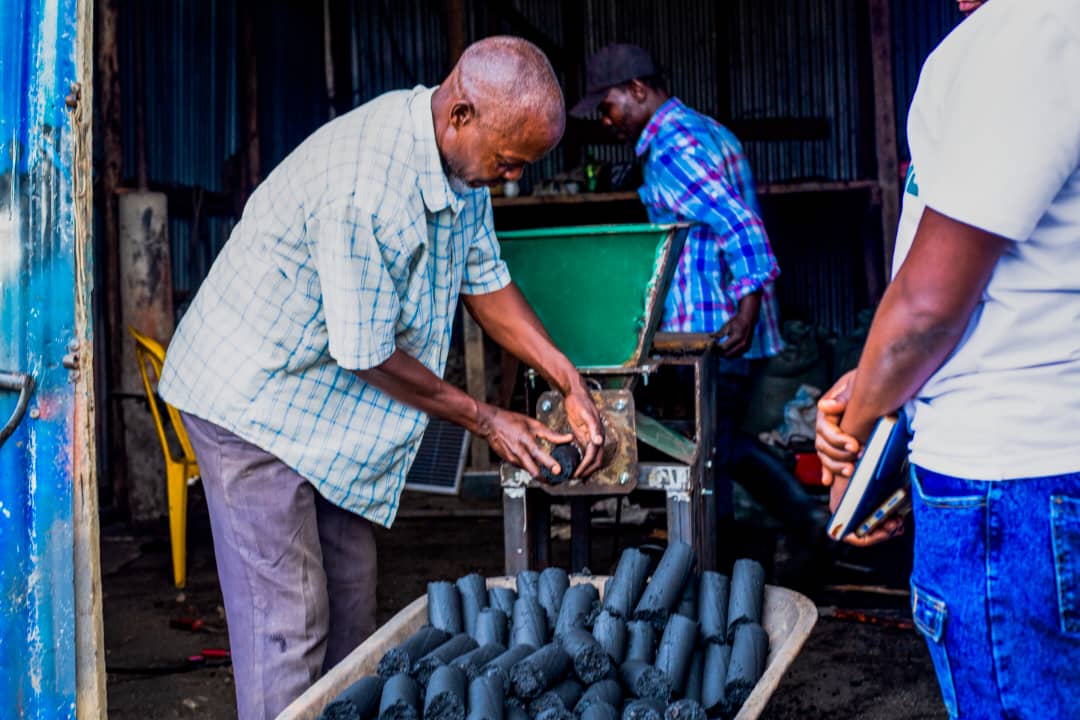For years, donors in the humanitarian sector, have relied on the concept of risk aversion and capacity gaps to justify rigid, restricted and time-bound grants when funding actors in the Global South.
To access this funding, organisations are expected to construct robust logframes, articulate detailed theories of change, and commit to predetermined outcomes, often within short project cycles. These frameworks are meant to demonstrate impact and accountability, but in reality, they prioritise donor validation and more often, they are failing the very communities they claim to serve.
In most programming, funding decisions often hinge on an organisation’s ability to demonstrate their vision aligns with donor priorities and their interventions are scalable and sustainable. At least on paper. However, these models rarely reflect the unpredictable realities of displacement. They ignore the politics of movement, the potential fragility of integrating into a hosting community and the multi-generational nature of exile.
Despite decades of experimentation, there is little credible evidence that restricted funding models lead to long-term, sustainable outcomes for displaced communities. In fact, according to an ODI study on livelihoods in protracted displacement settings, rigid and donor-driven approaches were seen to undermine local adaptation and contribute to cycles of dependency.
Local actors are left constantly adapting their goals to match donor criteria, diverting their time and energy toward survival rather than what their communities actual need. I’ve witnessed this first-hand: organisations unable to plan beyond a single grant cycle. Teams forced to prioritise quantity of their reach over the quality or their intervention. Groups with sophisticated monitoring systems but no budget to pay the staff running them.
Opportunities for honest reflection, iteration, or failure, the very conditions required for long-term change, are squeezed out of the process. Monitoring and evaluation becomes a box-ticking exercise rather than a tool for learning.
The system that governs them refuses to adapt. Donors continue to demand linear proof of self-reliance within inflexible frameworks. When results fall short, the failure is often attributed to the implementing organisations, rather than the limits of the model itself.
Over time, the sector has become fixated on performance. Success stories are packaged to soothe donors, not to serve communities. Impact is reduced to digestible metrics, often stripped of nuance.
But change is rarely linear. What looks like failure may be essential groundwork. What appears slow may be more sustainable. Yet if outcomes don’t fit neatly within a pre-approved framework, those interventions are sidelined.
This obsession with success has its own economic pipeline. It determines who gets visibility, who gets funded, and who gets left out. The language of impact must be legible to donors and palatable to intermediaries and an audience residing in the Global North, leaving little room for communities to define what success is on their own terms.
Despite their intentions, donor led agendas and priorities built around risk reduction and compliance tend to undermine the very goals they seek to achieve. Research consistently shows that rigid, top-down funding relationships marginalise local knowledge, stifle innovation, and discourage adaptive learning. In practice, these systems reward conformity over context, visibility over value, and reporting over results. Rather than enabling trust and institutionalise mistrust.
Another ODI study found that donor-led approaches prioritising upward accountability over local adaptation contributed to cycles of dependency. Peace Direct’s “Time to Decolonise Aid” report described current donor relationships as extractive and disempowering, with 71% of local actors reporting they did not believe INGOs trusted their expertise. OECD guidance has echoed these findings, urging donors to move from rigid compliance to mutual accountability.
Ultimately, systems-based relationships are not neutral instead they reflect power structures that favour INGOs and exclude the actors best placed to lead meaningful change.
If the sector is serious about supporting sustainable livelihoods in displacement settings, it must begin by seeking out and listening to the proximate leaders already doing the work. That means:
- Engaging leaders on their own terms, not through imposed frameworks or invitations into pre-set priorities and agendas, but by recognising and resourcing the work they are already doing.
- Building equitable, trust-based relationships that are rooted in mutual respect, long-term commitment, and shared decision-making, not transactional funding or compliance-first partnerships.
- Shifting to flexible, multi-year, core funding that enables adaptation and stability.
- Moving away from predesigned interventions and resourcing community-led priorities and definitions of success.
- Redefining monitoring and evaluation as inclusive tools, beginning with measuring what matters to local communities and embedded in learning, not compliance.
And finally, letting go of rigid frameworks borrowed from the corporate world, and learning what impact looks like when it is locally led, community-driven, and unbound by donor timelines. Because we cannot build sustainable programmes on a short leash, and we shouldn’t keep trying.

Leave a Reply